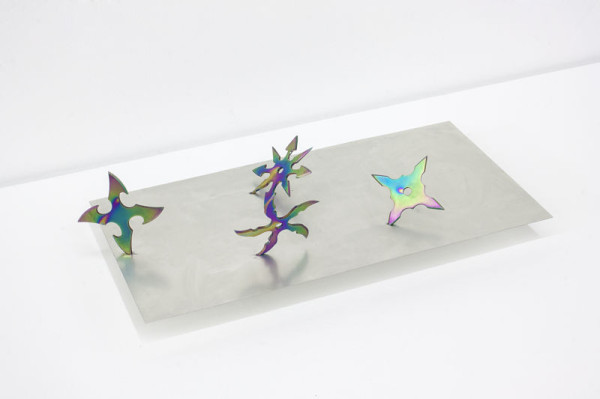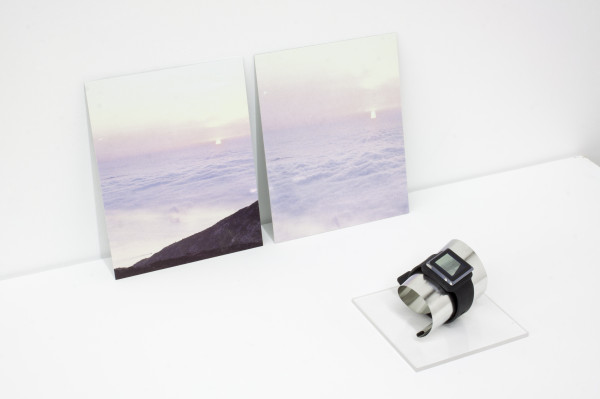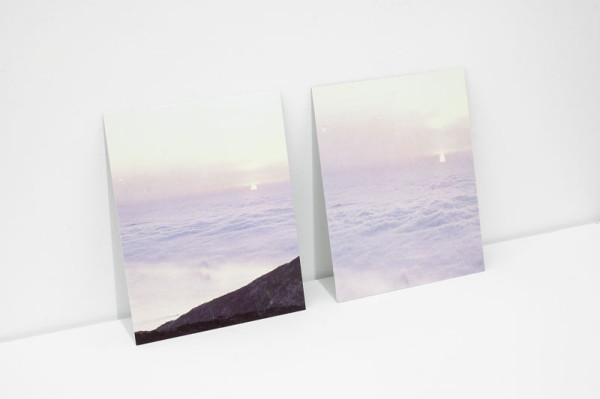Olivia Erlanger
Thursday, 2 January 2014
Work from Material Studies.
“Vivid, warm light fills the room and spreads over the desk as I sit and work at my computer. Daylight disappears slowly, burning, falling, bathing the Hudson River in washes of gold and rose. And while I am sure the sunset is spectacular, I keep my back turned, ignoring it.
The unavoidable connotations of relaxation, of love and romance, with fantasies of desert islands – it’s all too much. The natural sunset has become so saturated with meaning that it is impossible to tell the difference between the reality and it’s symbolism, or simulation.1
Like Dave Hickey’s experience of sunset over the Las Vegas Strip (as described in his essay Rhinestone As Big as the Ritz) my sunset over the Hudson River “looks bogus as hell.”
Hickey writes,
“…the question of the sunset and The Strip is more a matter of one’s taste in duplicity. One either prefers the honest fakery of the neon or the fake honesty of the sunset—the undisguised artifice of culture or the cultural construction of “authenticity”—the genuine rhinestone, finally, or the imitation pearl.”2
If the Sunset Strip is Hickey’s “genuine rhinestone”, then I’ve found mine in sunset calendars. Calendars are used to make sense of the infinite. By using imagery of the same diurnal event to represent the passage of time these calendars also reflect our wish to stop it.
The authenticity of the sunset calendar is in its shortcomings. In simulating the sunset through images symbolizing the daily experience, the event is abstracted from it’s phenomenal truth. But there is honesty in the abstraction and an acknowledgement of it’s own blatant fakery.
Similarly, the honesty of the “Double Rainbow” video by Paul Vasquez (aka Yosemite Mountain Bear) is in its own shortcomings. In “Double Rainbow”, Vasquez cries, laughs and screams, sharing his delight over capturing the double rainbow on camera. The recording is dim, gray, and shaky. His genuine awe of the double rainbow makes the grainy video look even more unremarkable.
The failure to faithfully reproduce the double rainbow phenomenon is exacerbated by Vasquez ecstatic ramblings. The viewer does not take him seriously but rather laughs at the ridiculousness of the depth of his emotional response. But, as with my sunset calendars, the authenticity of “Double Rainbows” is found in its flaws – its failure in attempting to share the experience, to communicate a feeling, to capture the ineffable.” – Olivia Erlanger




